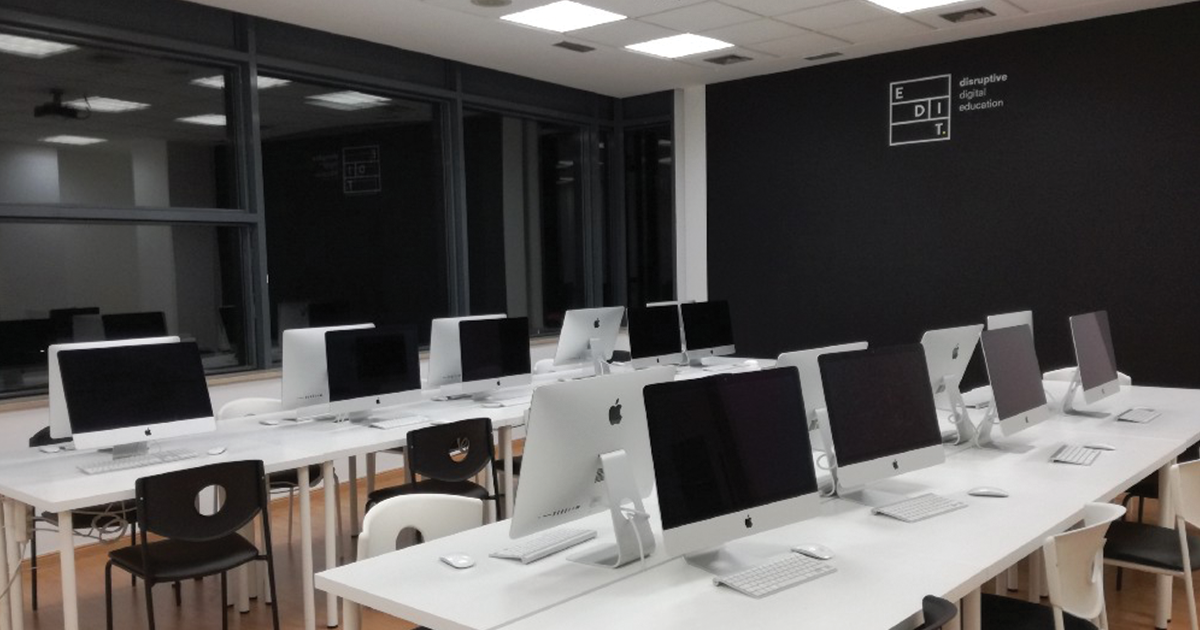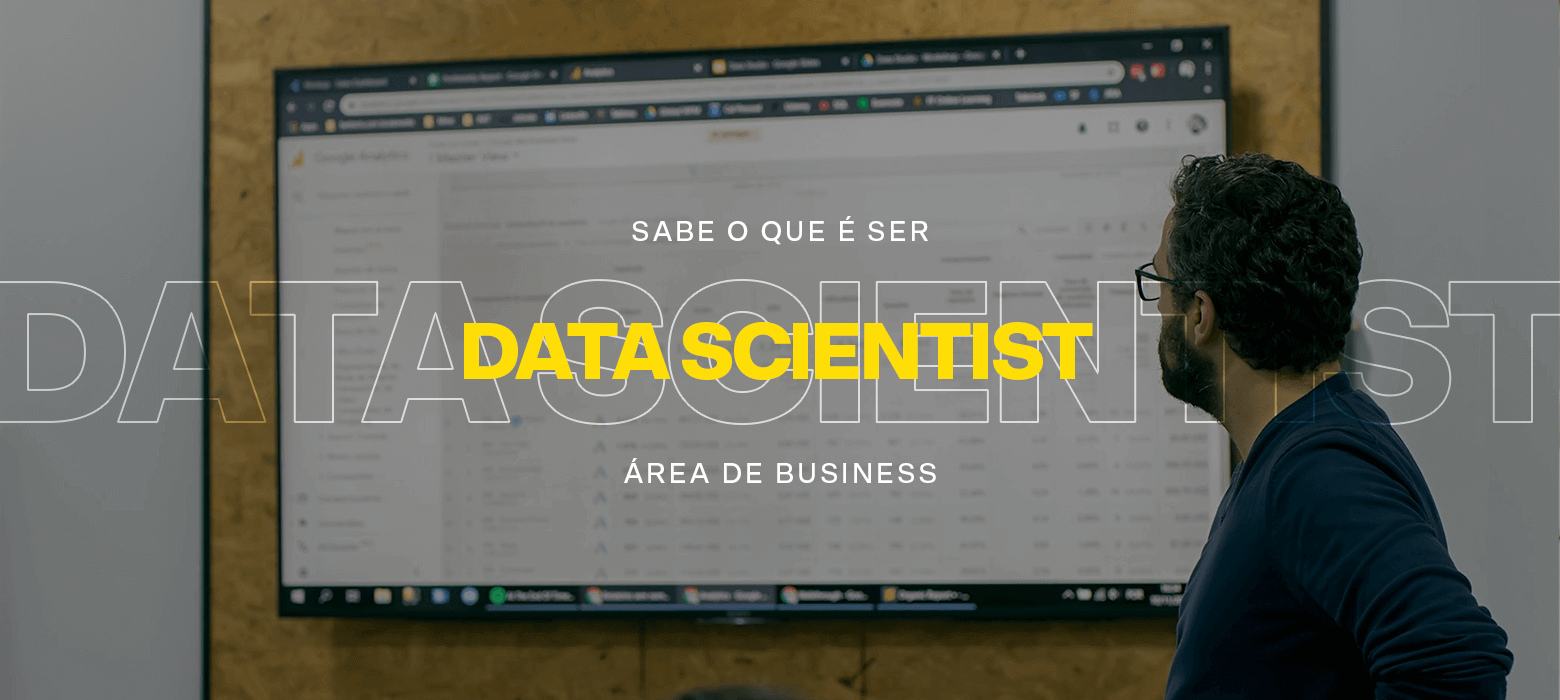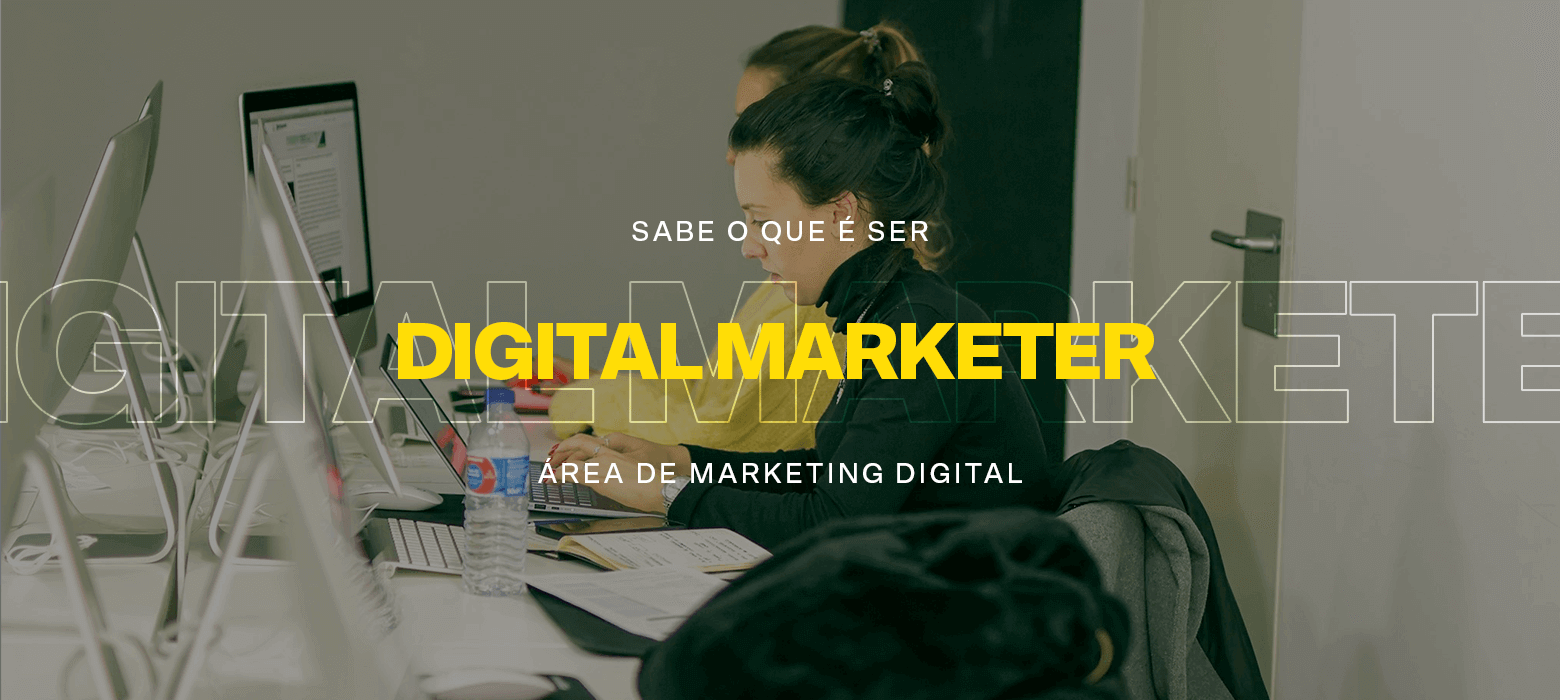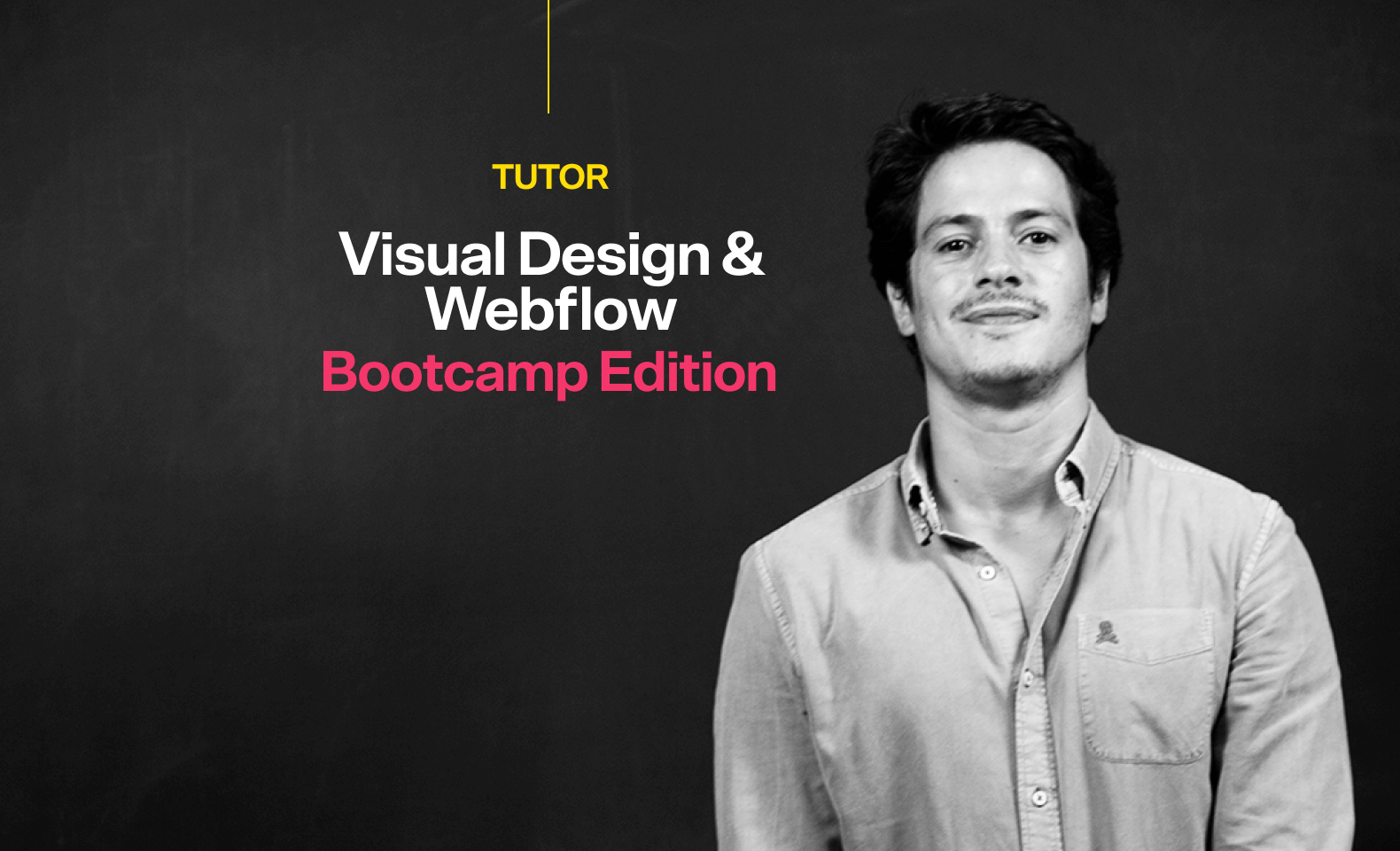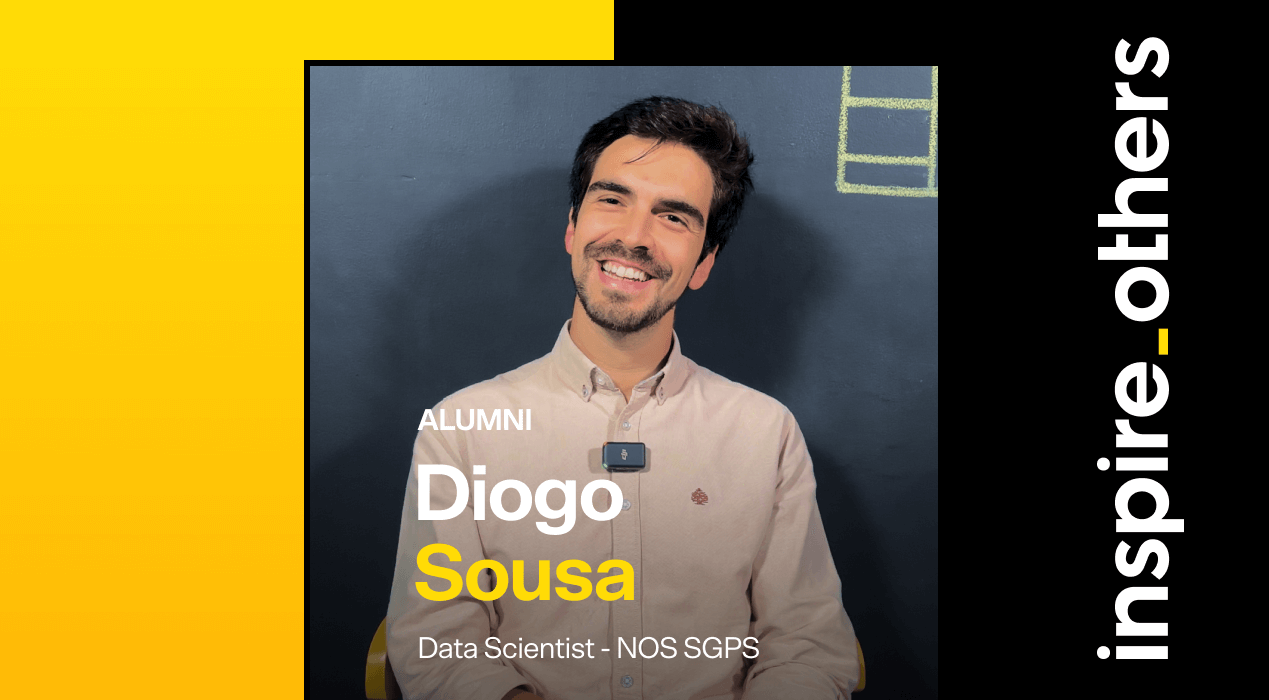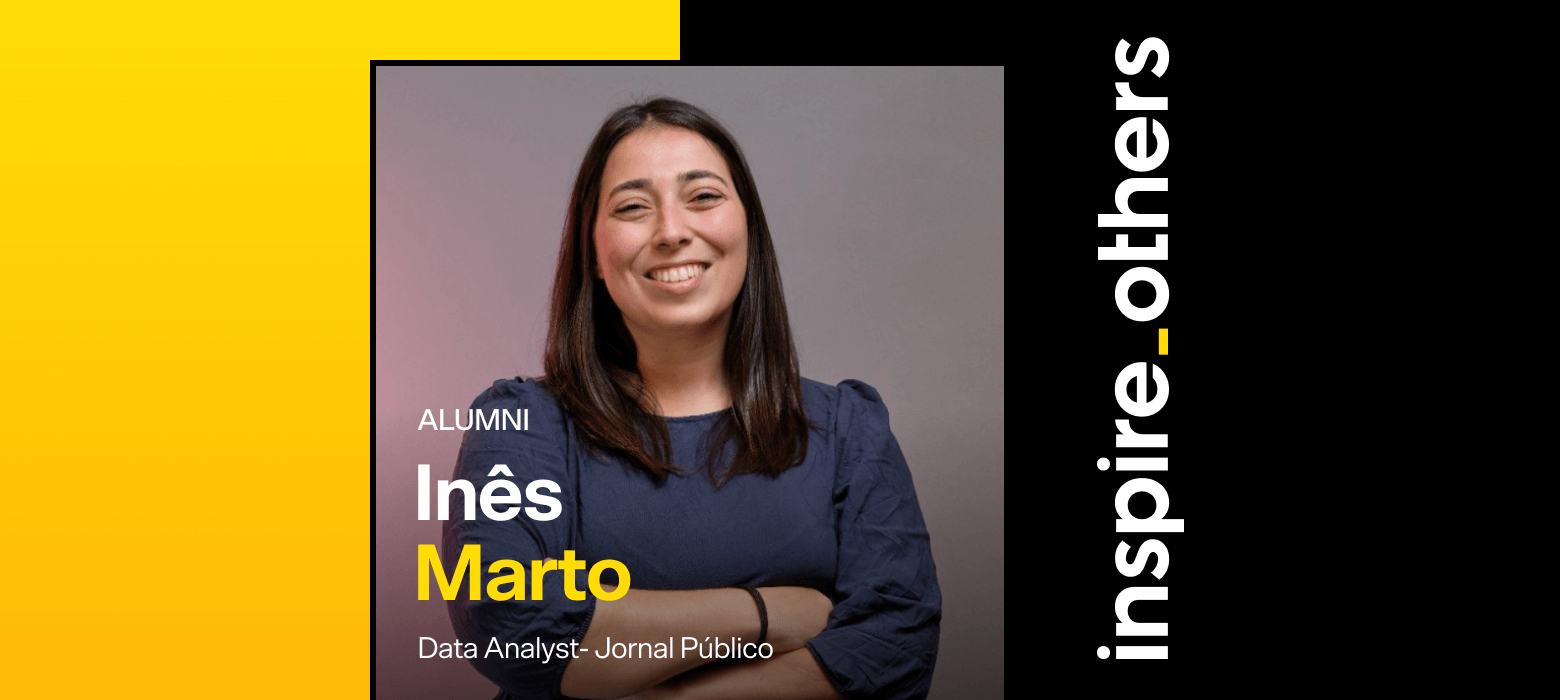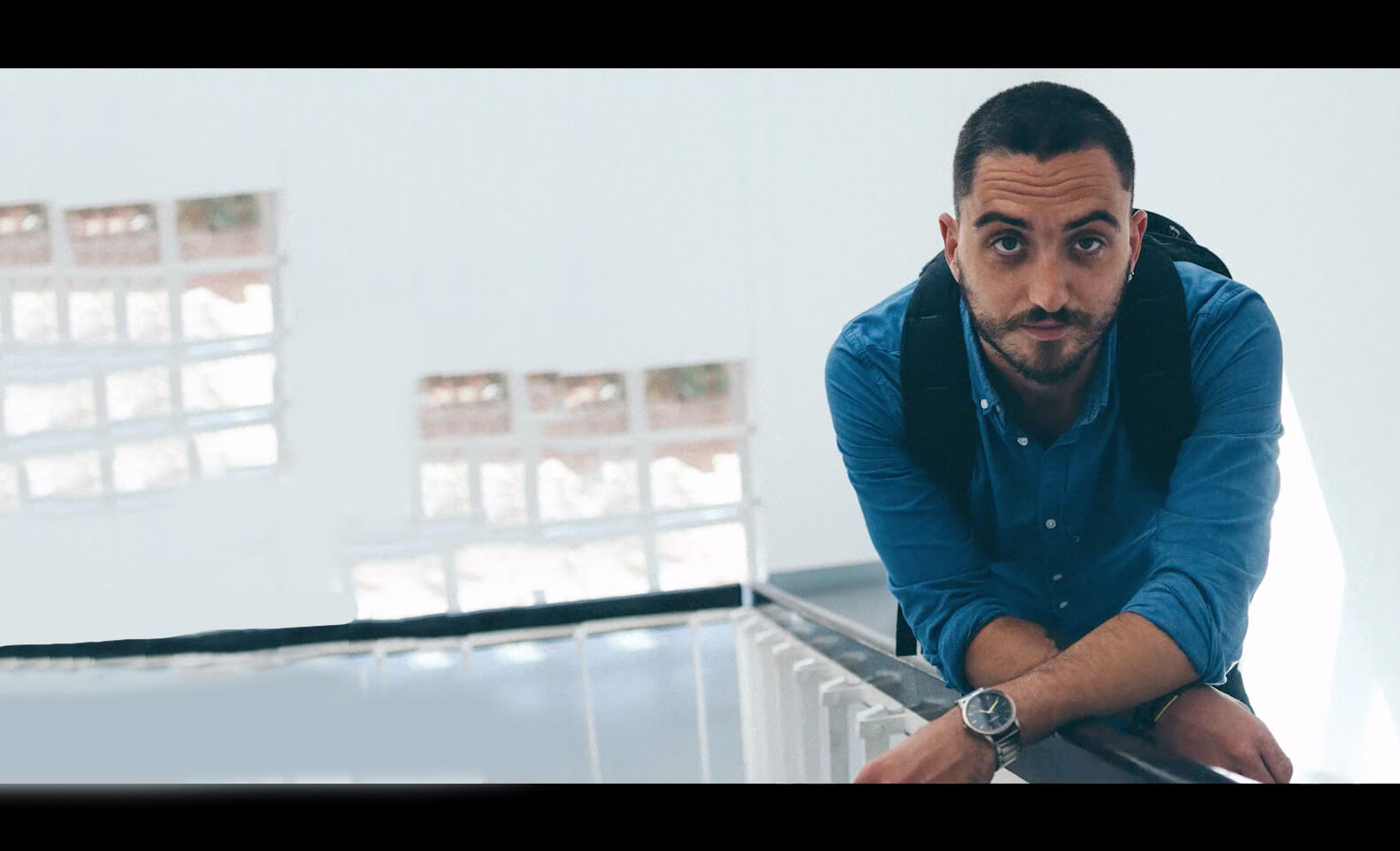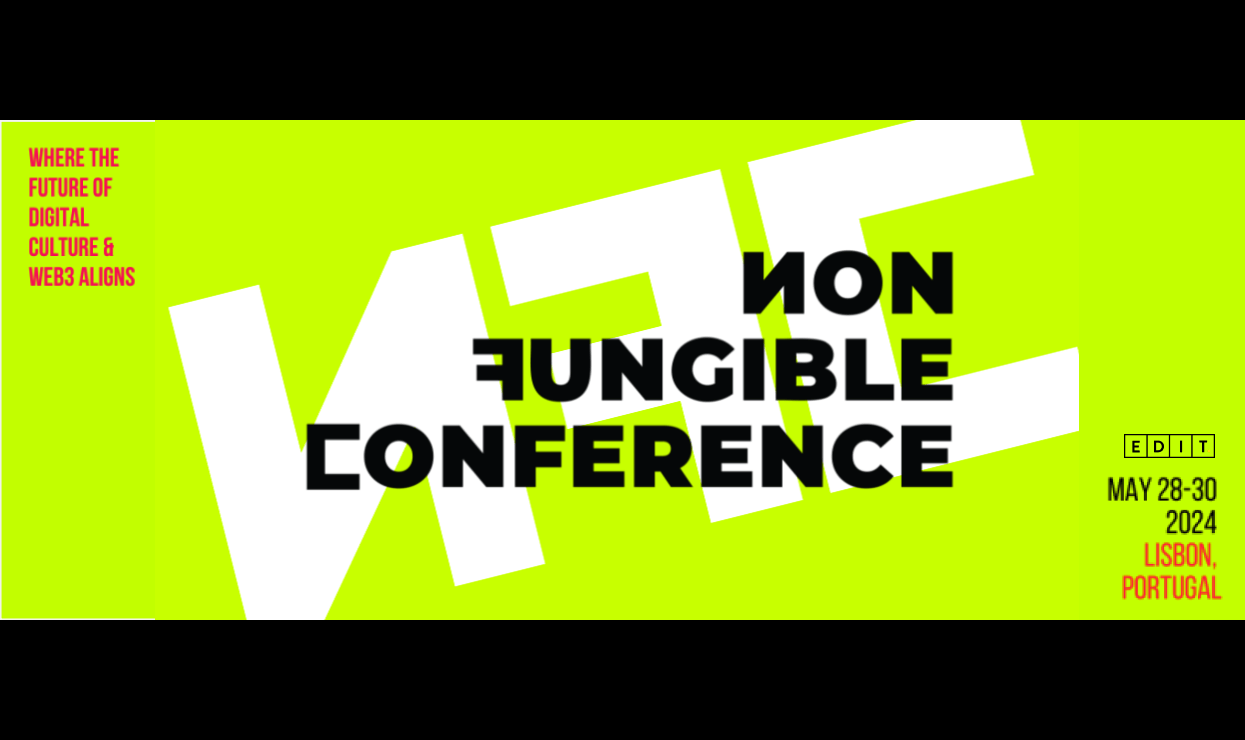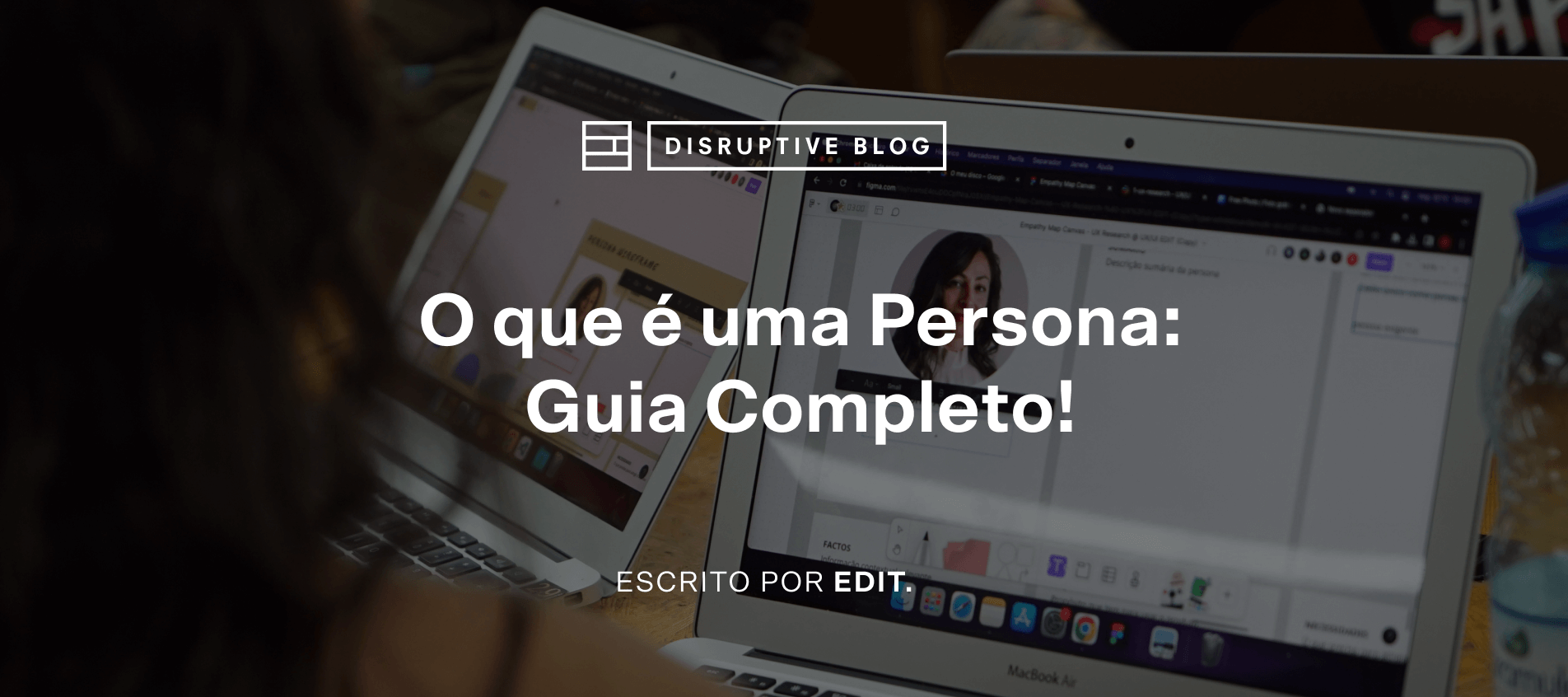4. (What I know) vs (What they need to know) vs (What I teach)
It’s the biggest challenge.
When I receive the course guidelines I realise there are lots of things I could talk about of each item. The temptation of preparing a keynote with 1000 slides is huge.
Most of the time, they are not worried if you are an encyclopedia. What they need is the fundamentals, the precise knowledge to start working. If they are interested, they will ask for a deeper approach. They don’t expect me to know a lot but to give them what they need to get the job done (and of course, they love the tips that speed up their process).
5. Give feedback not opinion
What is your opinion? Relax, I will not explore the philosophical side of the question, but when you mentor the development of a project you make this question for yourself.
It is not important if you like it or not, if it’s your style or not, but if it solves the problem correctly. If it is consistent, follows usability guidelines and visual trends than it fits my digital taste. Sometimes students get mad with me about this. But they need to realize that, in the real world, most of the time they will not be able to choose the projects they are working on, and they will be designing digital solutions for clients or subjects they don’t identify with. But, as designers, they need to give their best to create the greatest solution. So, I am always aware in not giving my opinion, because opinions don’t solve problems.
There is a incredible book called “Discussing Design” — that talks about giving feedback of a design work — check it here (nobody is paying me to advertise) .
6. Team work
My training sessions are not exclusively mine. I have two more colleagues with me on this course (ux and ui specialists), and I need to conduct my sessions always having in mind that, I didn’t lecture before and the following session won’t probably be with me (the sequence of our sessions respect the design process of a digital solution). Like in a design team, as a trainer, communication is the key and I need to follow their topics. Otherwise, I get lost and I can’t give my students the proper mentoring because I will be talking about subjects my colleagues mentioned before.
7. I grow faster
Lots of things changed in my routine. I try to have a big attention to main sites of the speciality, new software in use. I need to be where my students are. They use the same internet as me (I hope you are laughing, but for some people, sometimes this idea isn’t obvious), and I need to know what they are talking about. I started using new softwares (otherwise I would still be using photoshop instead of sketchapp).
All of this is important for a designer but it gains a new dimension when you are a trainer. I could not procrastinate to read it later or my students would be laughing at me.
Simultaneously, I started training in a Design Thinking course. I learned a few more things about being a trainer. But, for now, I will leave it to another article
“There are two things you’ll lose in live if you don’t share them: love and knowledge” Mário Sérgio Cortella

